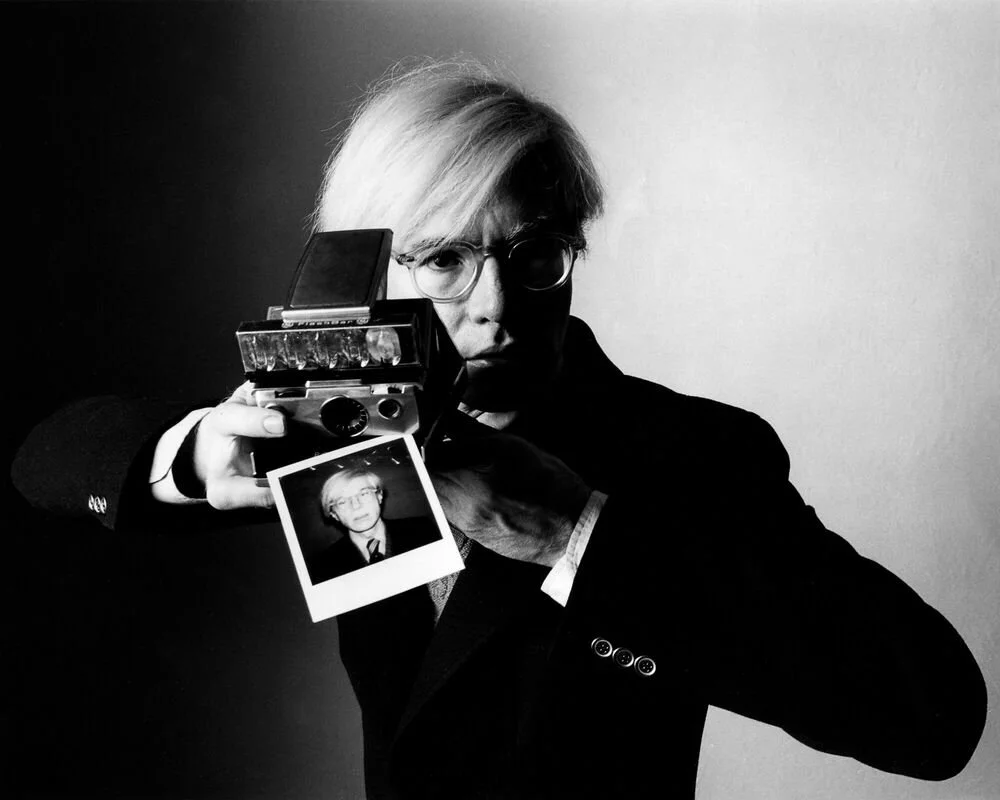Alex Katz
Born in 1927 to parents of Russian origin, Alex Katz grew up in the Queens neighborhood of New York. Attending Woodrow Wilson High School, he took drawing classes in the afternoons. His precocious talent, reinforced by his regular practice, opened the doors of Cooper Union Art School in Manhattan, one of the most selective art establishments in the United States. Throughout his training, Katz was introduced to traditional art and techniques: he painted from drawing and drew his subjects from daily life.
The 1950s were decisive for the artist. His first exhibition at Roko Gallery in 1954 marked the beginning of its critical recognition. Katz began to associate with the second generation of New York School painters, including figurative artists such as Jane Freilicher and Fairfield Porter. In 1957, he met Ada del Moro during an opening. She became his muse and his wife, the subject of numerous works, often on a monochrome background. Finally, in 1959, Katz produced her first cut-out canvases. At the border between painting and sculpture, by occupying space or hanging on the wall, he created series of portraits playing with the confusion between painted sculpture and advertising silhouette.
Under the influence of cinema, television and billboards, creating a decidedly pop visual culture, Katz produced large-format works in the early 1960s, sometimes cutting out figures by the frame. He continued to paint group portraits, which he complicated until the 1970s, depicting the world of art: painters, poets and critics who surrounded him.
In the late 1980s and early 1990s, Katz turned to large landscapes that he described as“environmental” : rather than simply representing a view, he wants to create an immersive natural atmosphere. More conceptual, he initiates his works with the “idea of landscape” before creating a concrete image. In her relationship with nature, Katz regularly depicts flowers in bloom, continuing research that began in the 1960s. The series Flowers continues to be produced and exhibited in exhibitions dedicated to the artist.
In the early 2010s, Katz reframed her subjects, cut her figures again drastically and began to make composite portraits, combining several variations of the same person — a series that continues today.
Because of the longevity of his career, Alex Katz has had more than 250 exhibitions since 1951, from his retrospective to Whitney Museum of American Art in 1986 until his major monographic exhibition at Guggenheim Museum in 2022, celebrating more than 70 years of career.

.png)








